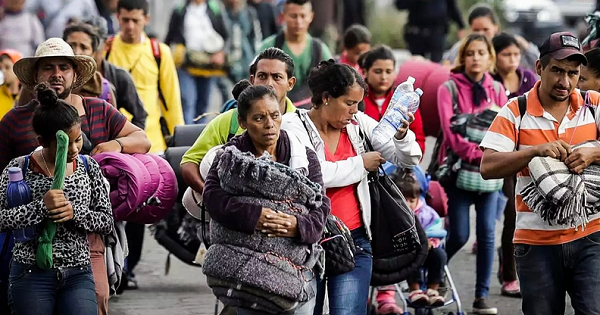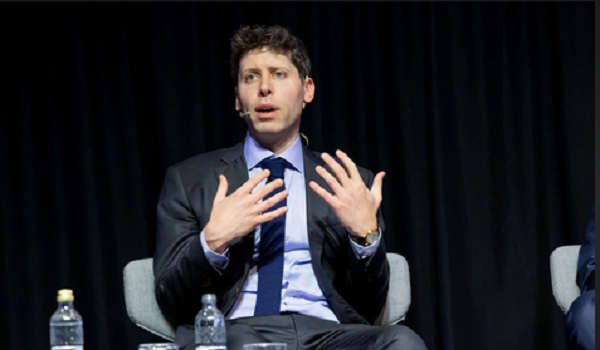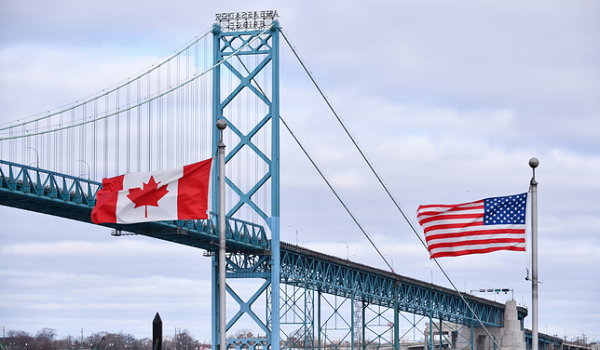Sustainable response to the migrant issue: New housing facility for asylum-seekers in Mississauga pitched as a solution to shelter overcrowding
From the outside, it looks like just another office building in the maze of business parks, plazas and warehouses that surrounds Pearson International Airport.
But this four-storey complex is unlike any other in Canada. Inside, there are 680 dormitory-style bunk beds, a commercial kitchen, showers, lockers, laundry services and prayer rooms for asylum seekers. Opened this month, the Peel Reception Centre is already attracting attention from other municipalities trying to find a better solution for housing the tens of thousands of refugee claimants arriving in this country each year without a place to live.
Little over a year ago, Peel Region was overwhelmed by an influx of asylum seekers, many of whom were being temporarily housed in 16 hotels around the Ontario municipality. A further 5,000 migrants were turning to local homeless shelters asking for a place to sleep, a surge in demand that officials here say pushed their shelter system beyond its breaking point.
“At the height of that crisis, they were consuming up to 75 per cent of all available spaces in our emergency shelters,” said Aileen Baird, director of housing services for Peel Region, which includes the cities of Mississauga and Brampton and the town of Caledon. “It wasn’t sustainable. Our local homeless system was never designed for this.”
The centre’s proximity to the airport isn’t a coincidence. Today, more asylum seekers come through Pearson and Montreal’s Trudeau International Airport than all other points of entry in Canada combined. That represents a dramatic shift from even a few years ago, when most refugee claimants came by land.
Historically, Peel Region had seen occasional temporary surges in asylum seekers, such as the wave of Syrian refugees who came a decade ago during the conflict in that country. Back then, asylum seekers might have accounted for 5 per cent of people in the region’s homeless shelters, Ms. Baird said. But this new, sustained surge in migrants arriving since 2023 is unprecedented, she said.
“We realized we had to start thinking differently. This wasn’t a temporary surge in asylum seekers. This was a shift in what’s happening globally, and we needed to design a better solution,” Ms. Baird said.
More than 58,000 people arrived in Canada last year seeking refugee status, nearly three times the number in 2017. Those who don’t have family in the country are often sent to federally funded hotels, where some wait up to a year for their claims to be processed. After that, they’re on their own to find housing, and many turn to homeless shelters for help.
Immigration experts say there’s a need for a more sustainable response to the migrant issue. Immigration, Refugees and Citizenship Canada says it’s spent more than $1-billion since 2017 on its Interim Housing Assistance Program, which helps provincial and municipal governments pay for housing and services for refugees. Some cities, including Niagara Falls and Windsor, Ont., have begun to push back on the number of refugee claimants being sent to hotels in their communities – saying they can’t handle the increased demand for social services.
In Windsor, municipal leaders have raised alarms about the federal government’s plan to evict 846 asylum claimants who have been living in local hotels, saying they don’t have affordable housing or shelter space for them. Jeffrey MacDonald, a spokesperson for the federal Immigration Department, acknowledged that Ottawa is trying to transition refugee claimants out of hotels, and said it wants to work with municipalities to come up with better alternatives such as the Peel Reception Centre.
“We are currently working closely with partners to transition from an emergency response model to a more sustainable one, through which asylum claimants would have appropriate temporary housing and help to access the services they need,” he said in an e-mail.
The centre, which is expected to be at capacity within weeks, also provides employment opportunities for asylum seekers, allowing them to work in the facility’s kitchen and do custodial jobs. Residents have everything they might need to settle in Canada – access to federal immigration staff, legal aid, public-health workers, employment and housing support, and, if needed, financial assistance through Ontario Works. The goal is for people to be ready to move out within three months.
Ms. Baird said the municipality knows the demand still far exceeds the supply of housing for refugees pouring into the region. The new centre in Mississauga is exclusively for single adults, but there are plans to open another facility designed for families with children. And there will be a need for more after that.
“We have to house these people,” Ms. Baird said. “We can’t turn our backs on them.”
This article was first reported by The Globe and Mail












